More children now accessible to vaccinators
Environmental samples collected from Karachi, Lahore, Rawalpindi, Quetta and Killa Abdullah test negative

. PHOTO: AFP
Signs of improvement have been seen on the polio eradication front in recent days. First, there has been a sharp decline in the number of children who are inaccessible to vaccination teams. And second, environmental samples from a majority of places have tested ‘negative’.
According to the National Emergency Operation Centre (EOC) for polio, out of 0.6 million children under the age of five years, a total of 530,000 have been accessed and vaccinated this year by polio teams.
“Now Pakistan is left with only 70,000 children who are still inaccessible mostly because of the security situation in the areas and all efforts are under way to reach out to them,” said Dr Rana Safdar, the head of the EOC for polio.
Sharing details with The Express Tribune, he said the number of inaccessible children in Federally Administered Tribal Areas (Fata) has dropped from 0.3 million to 48,000, in Karachi from 250,000 to 14,000 and in Peshawar from 18,000 to 2,000.
“These inaccessible children, however, are a major source of spread of polio virus in the country and Pakistan cannot earn its polio-free status without reaching out to them,” he said.
Talking about the latest result of the environmental sample taken from different cities in the month of March, he said after a long time samples collected both from Karachi and Lahore have been tested negative for the presence of polio virus.
“Few months earlier, environmental samples taken from sewerage water of Lahore were tested positive for polio and after a thorough investigation it was learnt that the virus was exported from Karachi,” he said.
He said that after a long time all the environmental samples taken from Quetta and Killa Abdullah have also tested negative.
“Killa Abdullah remained one of the most challenging areas in terms of fighting polio and now it is a good sign that the sample has tested negative,” said Safdar, adding that since October 2014, samples from the areas were tested positive for the virus.
He, however, expressed grave concern over Peshawar, where the environmental samples continue to be tested ‘positive’ for presence of the virus.
“It is mainly because of the mass movement of the population coming to the province from [tribal] areas where children were kept away from anti-polio drive for many years,” he said.
Case response campaign
A case response campaign will begin in 10 districts of interior Sindh from April 20 targeting 2.96 million children under the age of five years, according to the National EOC for polio.
The campaign has been planned after knowing the continuous circulation of polio virus in the districts of Dadu, Sukkur, Nausheroferoz, Ghotki, Kashmore, Jacobabad, Shikarpur , Larkana, Kambar and Khairpur.
Published in The Express Tribune, April 19th, 2015.


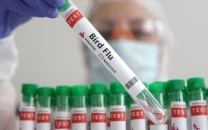

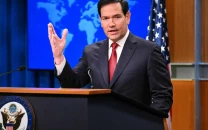
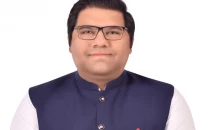
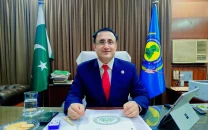



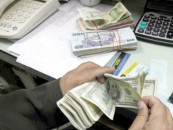
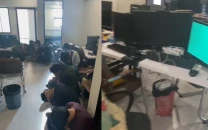
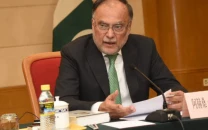






COMMENTS
Comments are moderated and generally will be posted if they are on-topic and not abusive.
For more information, please see our Comments FAQ